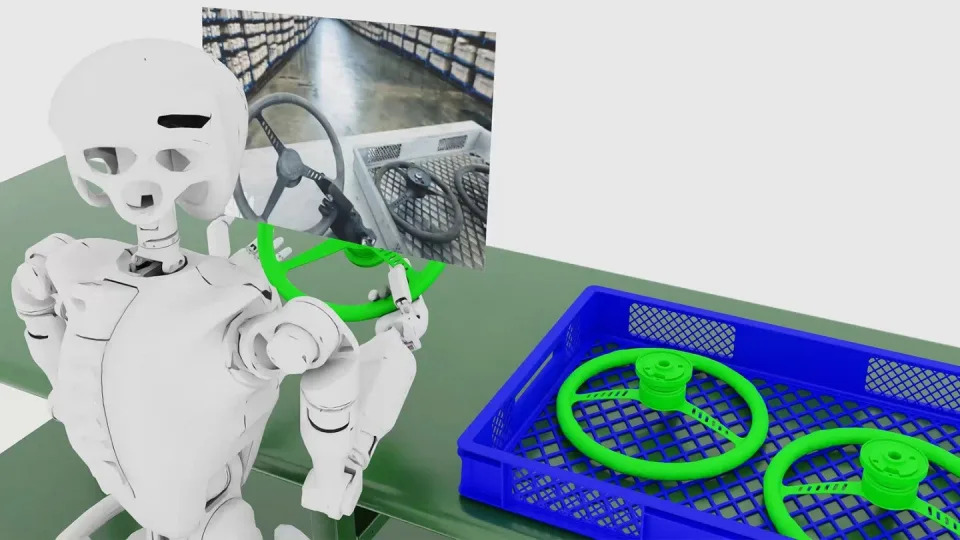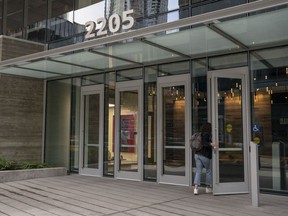In a major breakthrough in the field of artificial intelligence (AI), Nvidia has introduced the Cosmos platform. This innovative platform is designed to accelerate the development of physical AI systems, including robots and autonomous vehicles (AVs). The release of Cosmos marks a significant step towards democratizing physical AI and making general robotics accessible to developers worldwide.
The Challenges of Developing Physical AI Models
Developing physical AI models is a complex and costly process. It requires vast amounts of real-world data and extensive testing, which can be time-consuming and resource-intensive. This challenge has hindered the widespread adoption of physical AI systems in various industries, including robotics and autonomous vehicles.
Cosmos: A Platform for Simplifying Physical AI Development
Nvidia’s Cosmos platform addresses these challenges by providing a simplified approach to generating massive volumes of photorealistic, physics-based synthetic data. The platform integrates state-of-the-art generative world foundation models, advanced tokenisers, guardrails, and a high-performance video processing pipeline.
Key Features of the Cosmos Platform
- Cosmos World Foundation Models (WFMs): These models provide developers with a simplified approach to generating massive volumes of photorealistic, physics-based synthetic data. This enables them to train and evaluate their existing models more efficiently.
- Customisation: Developers can fine-tune Cosmos WFMs to suit their specific needs.
- Open Model Licence: To accelerate the progress of the robotics and AV sectors, Cosmos models will be made available under an open model licence.
Accessing the Cosmos Models
Developers can preview the initial models via the Nvidia API catalogue or download the full set of models and fine-tuning framework from Nvidia NGC or Hugging Face. Early adopters of the Cosmos platform include leading robotics and automotive companies such as 1X, Agile Robots, Agility, and ridesharing platform Uber.
The Future of Physical AI
Nvidia founder and CEO Jensen Huang said: "The ChatGPT moment for robotics is coming. Just as large language models are transforming AI, world foundation models will be pivotal to the evolution of robots and AVs." The introduction of Cosmos represents a significant step towards democratizing physical AI and making general robotics accessible to every developer.
Nvidia’s Acquisition of Run:ai
In December 2024, Nvidia completed the acquisition of Israeli AI company Run:ai after undergoing antitrust scrutiny in a deal valued at $700m. This acquisition further solidifies Nvidia’s position as a leader in the field of physical AI and underscores its commitment to advancing this technology.
Conclusion
The introduction of the Cosmos platform marks a significant milestone in the development of physical AI systems. By simplifying the process of generating synthetic data, fine-tuning models, and making these models available under an open licence, Nvidia aims to democratise physical AI and make general robotics accessible to developers worldwide. As the field continues to evolve, we can expect to see significant advancements in the capabilities and applications of physical AI systems.
Benefits of Using the Cosmos Platform
- Simplified approach to generating synthetic data
- Efficient training and evaluation of existing models
- Customisation options for fine-tuning models
- Open model licence to accelerate progress in robotics and AV sectors
Early Adopters of the Cosmos Platform
- 1X
- Agile Robots
- Agility
- Uber











